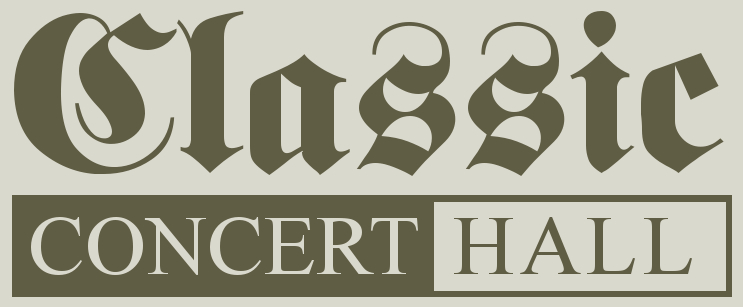| Description: | This new three-part sonata takes its inspiration from the melody of “Deutsche Jugend, unser Hoffen”—a tune that once carried the spirit of youthful optimism and forward-looking energy. Drawn from the Allgemeines Deutsches Kommersbuch (also fondly known as the Lahrer Kommersbuch), the melody is treated here not as a relic of student song tradition, but as a living theme, capable of transformation, reflection, and even a bit of dignified mischief.
The work unfolds in three contrasting, yet closely related sections. It begins with a solid four-part chorale setting — the melody in noble attire, standing proudly as if to say, “Here I am, and I mean business.” The second movement, a gentle trio, offers a tender and lyrical meditation, as if the melody had decided to take a quiet stroll through a peaceful garden, humming to itself. The third movement, however, puts on its academic gown: a strict four-part fugue, where the theme is chased, turned upside down, and thoroughly examined from every contrapuntal angle. And just when one thinks the adventure is over, the opening chorale returns—this time resplendent with the full majesty of the organ.
Speaking of which: the Noeske Organ of Kassel-Niederzwehren is a splendid partner in crime. Its bright principal choruses and noble reeds lend a particularly clear and articulate voice to the neo-baroque style of the piece. One can almost imagine the pipes themselves straightening their metal shoulders and saying, with a polite nod, “Ah, a fugue, is it? Very well—let’s show some discipline!”
The result is a composition that bridges tradition and imagination, reverence and humor—proof that even a song of youthful hope can, in the right hands, become the subject of a most distinguished musical conversation. |


 Sign up today to download piece.
Sign up today to download piece.
 See what NeoBarock used to make this recording
See what NeoBarock used to make this recording